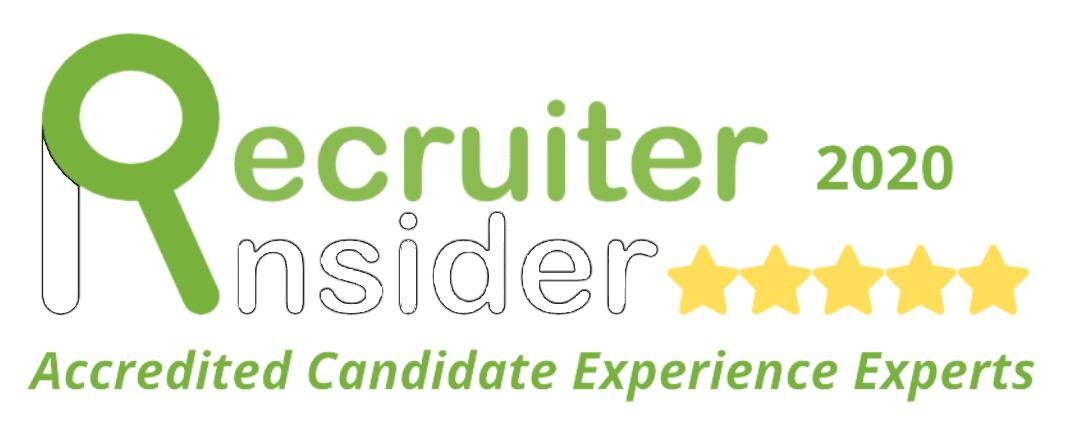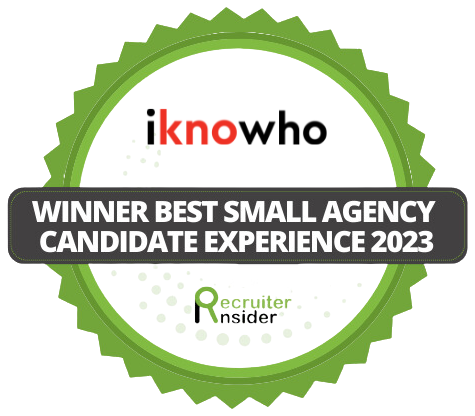iknowho are now paying weekly
With our new migration to weekly payroll, we want to share with you the top tips for managing your money. What do you need to consider when moving to a new pay cycle?
What a better way to get on top of this change then to speak with Mia Taylor, Personal Financial Adviser at Evalesco Financial Services. Mia has worked at Evalesco Financial Services for over 5 years. Her passion for her job stems from her love of empowering her clients to lead happy, healthy and wealthy lives - something we all want to achieve.
We challenged Mia with the question ‘What are your top 3 tips to manage your transition from one pay cycle to another?’
Make a budget
A budget can be empowering, it’s you telling your money where you want it to go!
A change of payment frequency is a perfect time to reset your budget and make sure that you are aware of your fixed costs while reviewing what your discretionary spending is. If you really have no idea what you are spending your money on, start with your fixed costs such as mortgage/rent, utilities, loan repayments, insurance payment etc. Discretionary spending such as eating out, holidays, general personal spending can be harder to record.
Firstly, set what you want to spend in those areas (providing it works within your budget), the next step is to check in with your budget and review against your actual spending. There are heaps of helpful apps available to help show you your budget vs your actual spend, ultimately empowering you to make informed choices about how you wish to continue spending your money.
Change the frequency of your mortgage or rent repayments
As our housing costs can be one of our largest regular fixed expenses, why not see about changing the frequency so it comes out just after you are paid? This will remove the risk of not having enough left over if living pay to pay is currently how you operate.
Another benefit of increasing your mortgage repayment frequency is that you can save on interest as it’s calculated daily and end up paying more off your loan. For example, say your monthly home loan is $2,500pm if you pay monthly at the end of the year you will have paid $30,000. If you divide your monthly repayment by 4 and pay $625 weekly by the end of the year you will have repaid $32,500.
Set up a bills account
We are big advocates of each of your accounts having a specific purpose and setting up bank accounts which will support your planned spending. Most of our clients will have a bills account. If you pay your bills monthly, quarterly or even annually this is going to help you store money away to make sure you always have enough set aside to cover your bills.
Using your budget, you can work out how much your bills are and then set up an automatic payment to sweep money out of your transaction account into your bills account the day you are paid.
We will be bringing you more great tips from guest speakers over the coming months, so watch this space.
To find out more about Mia, read her profile on Evalesco's website.










